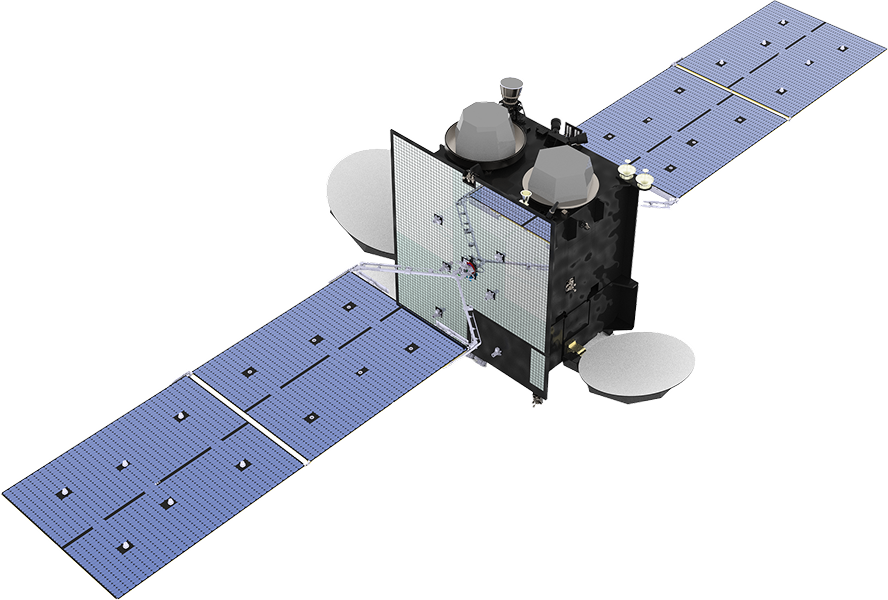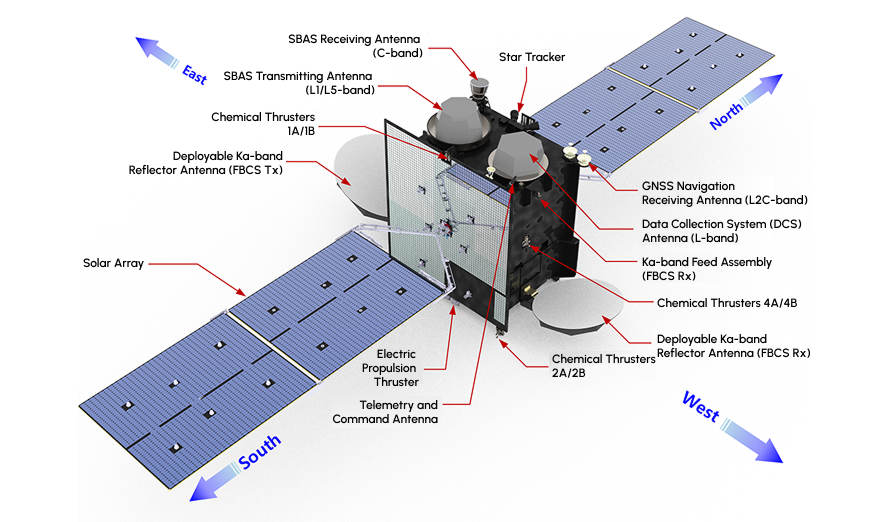The Geostationary Public Multi-Mission Communications Satellite is being developed as a successor to the Chollian-2A/2B satellites and will inherit the communications mission of the Chollian-1 satellite, which was launched in June 2010. Scheduled for launch in the second half of 2027, the satellite will operate at 128.2°E above the equator, delivering public satellite communications for disaster response and emergency services. It will also perform critical tasks, such as supporting communications in areas where terrestrial networks have collapsed, providing maritime safety and sovereignty support for the Korea Coast Guard, assisting in safe aircraft operations, and securing flood monitoring information.
Based on the technology acquired through the development of the Chollian-1 and -2 satellites, this geostationary satellite is expected to lay the foundation for Korea’s independent development of communications satellites and contribute to addressing public-sector needs while enhancing the nation’s technological stature.







